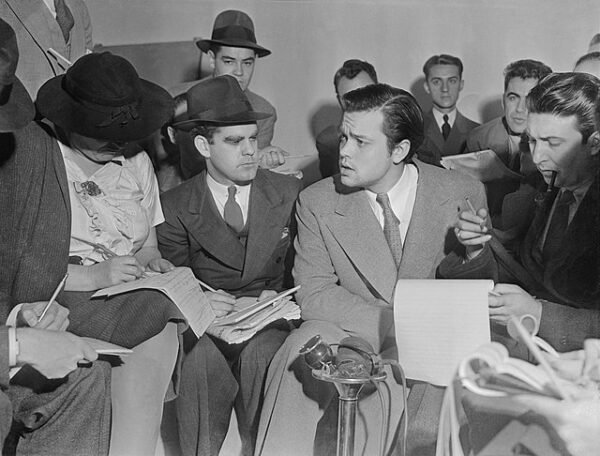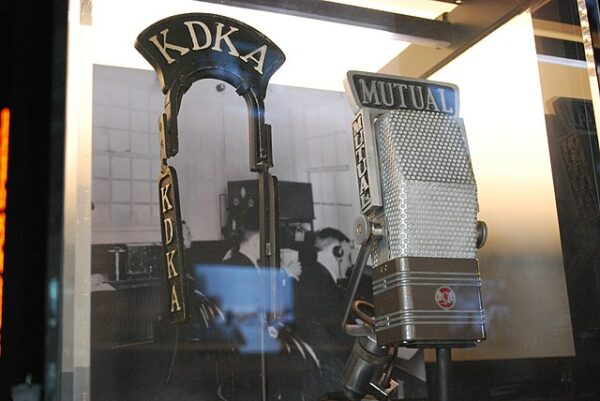On the evening of October 30, 1938, a radio broadcast unleashed a wave of hysteria and fear across the United States. With Orson Welles, a budding director with the Mercury Theatre on the Air, sitting behind the microphone, the first two-thirds of the hour-long broadcast were presented as a series of simulated “news bulletins,” which cleverly blurred the lines between the feeling of fact and fiction. Compounding the issue was the fact that the Mercury Theatre on the Air was a ‘sustaining show’ (it ran without commercial breaks), thus adding to the program’s quality of realism.
For those who tuned in after the start, the broadcast caught listeners off guard, as they missed the initial disclaimer, plunging them into a state of mass panic. In the absence of a clear distinction between fiction and fact, many Americans believed they were hearing actual news of an alien invasion.
The result was widespread panic and chaos, with numerous people fleeing their homes in search of safety and contacting authorities for confirmation.
By the next morning, writes Smithsonian Magazine, the 23-year-old Welles’s face and name were on the front pages of newspapers coast-to-coast, along with headlines about the mass panic his CBS broadcast had allegedly inspired.
Welles barely had time to glance at the papers, leaving him with only a horribly vague sense of what he had done to the country. He’d heard reports of mass stampedes, of suicides, and of angered listeners threatening to shoot him on sight. “If I’d planned to wreck my career,” he told several people at the time, “I couldn’t have gone about it better.” With his livelihood (and possibly even his freedom) on the line, Welles went before dozens of reporters, photographers, and newsreel cameramen at a hastily arranged press conference in the CBS building. Each journalist asked him some variation of the same basic question: Had he intended, or did he at all anticipate, that War of the Worlds would throw its audience into panic?
The original The War of the Worlds story recounts a Martian invasion of Great Britain around the turn of the 20th century. The invaders easily defeat the British army thanks to their advanced weaponry, a “heat-ray” and poisonous “black smoke,” only to be felled by earthly diseases against which they have no immunity. The novel is a powerful satire of British imperialism—the most powerful colonizer in the world suddenly finds itself colonized—and its first generation of readers would not have found its premise implausible. In 1877, the Italian astronomer Giovanni Schiaparelli had observed a series of dark lines on the Martian surface that he called canali, Italian for “channels.” In English, canali got mistranslated to “canals,” a word implying that these were not natural formations—that someone had built them. Wealthy, self-taught astronomer Percival Lowell popularized this misconception in a series of books describing a highly intelligent, canal-building Martian civilization. H. G. Wells drew liberally from those ideas in crafting his alien invasion story—the first of its kind—and his work inspired an entire genre of science fiction. By 1938, The War of the Worlds had “become familiar to children through the medium of comic strips and many succeeding novels and adventure stories,” as Orson Welles told the press the day after his broadcast.
Despite the ensuing turmoil, it’s important to emphasize that Welles did not intend to cause such a panic. Rather, his broadcast aimed to offer an imaginative and innovative take on a classic science fiction narrative. Nonetheless, this incident exposed the significant influence and responsibility that media holds over the public psyche. In its aftermath, it prompted calls for increased regulations and clearer distinctions between fictional and factual content in future broadcasts, a critical turning point in the history of American media.
The panic ignited by Welles’ “The War of the Worlds” broadcast underscored the power of mass media and its potential to shape public perception. It remains an iconic moment in radio history.






